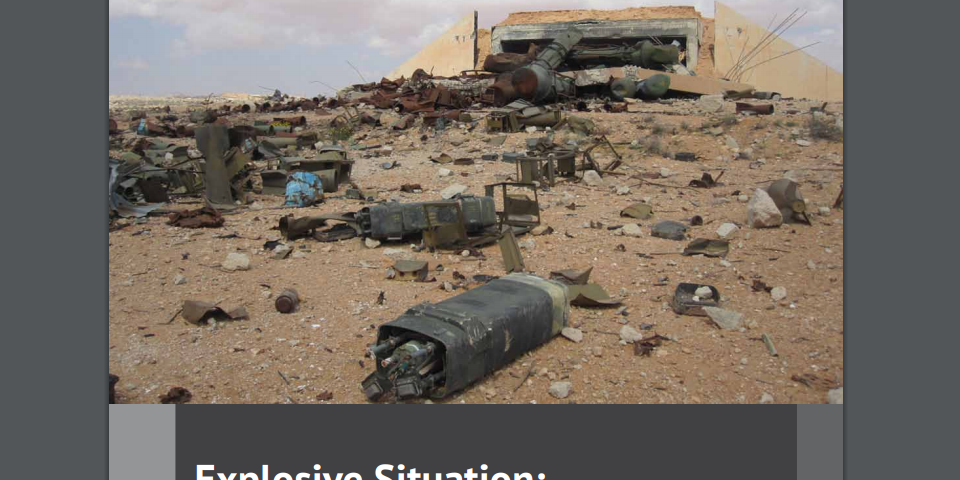Libya’s enormous conventional weapon stockpiles posed a threat to the environment as well as to civilians.

This report focuses on the impact on civilians of weapons that were once part of Qaddafi’s arsenal, but were not used in the conflict and are now held by various parties. It finds that this “abandoned ordnance,” often unsecured and unstable, presents significant risks to the population of Libya. During a field mission to the country, a team from Harvard Law School’s International Human Rights Clinic (IHRC) identified five major humanitarian threats associated with abandoned ordnance: stockpiles located in or near populated areas that are at risk of explosion; people’s curiosity about weapons, which may lead them to access contaminated sites or handle munitions; the harvesting of materials from abandoned weapons for sale or personal use; clearance by local communities who lack professional training; and the collection and display of weapons as mementos of the war.





